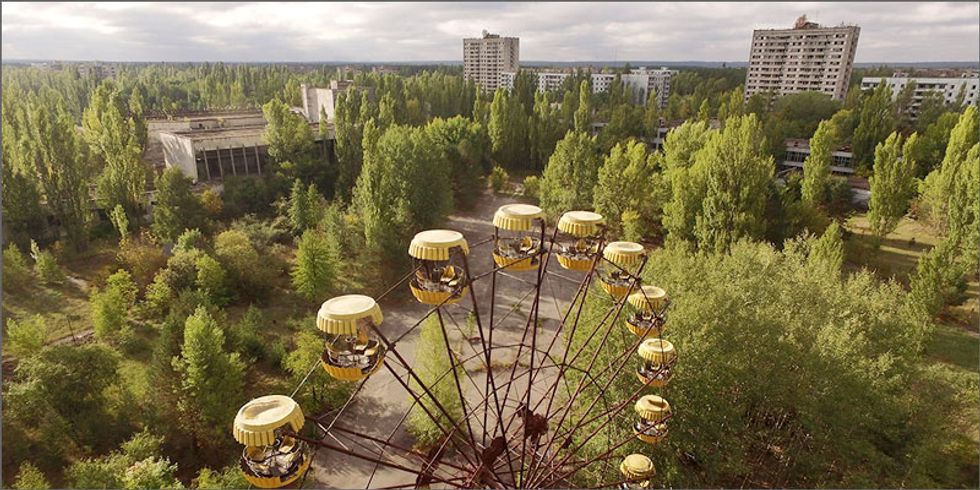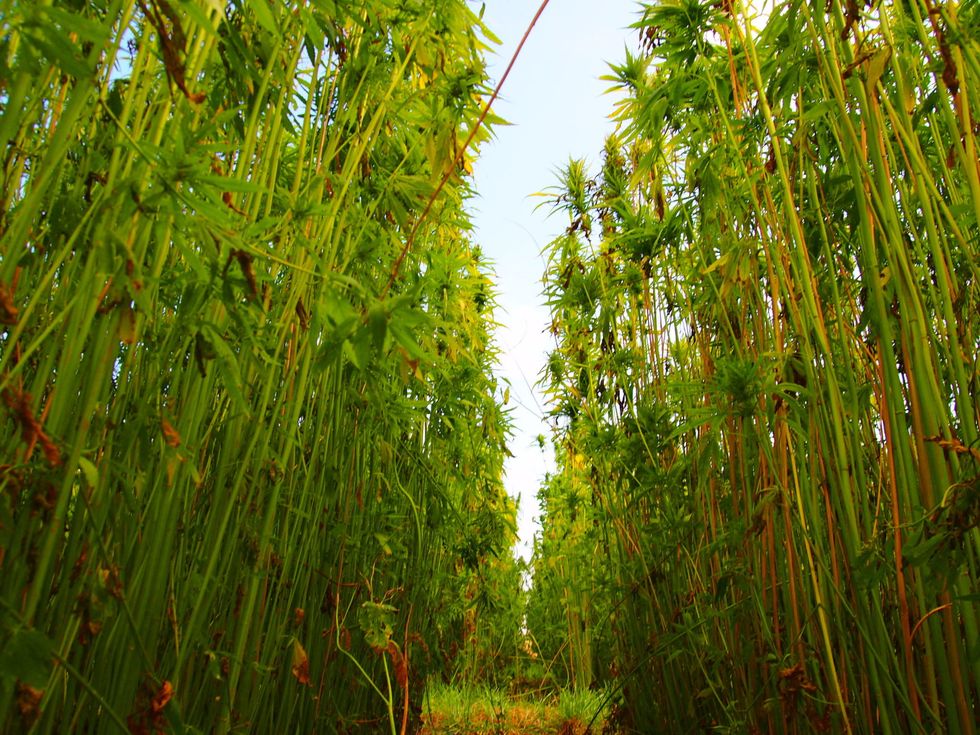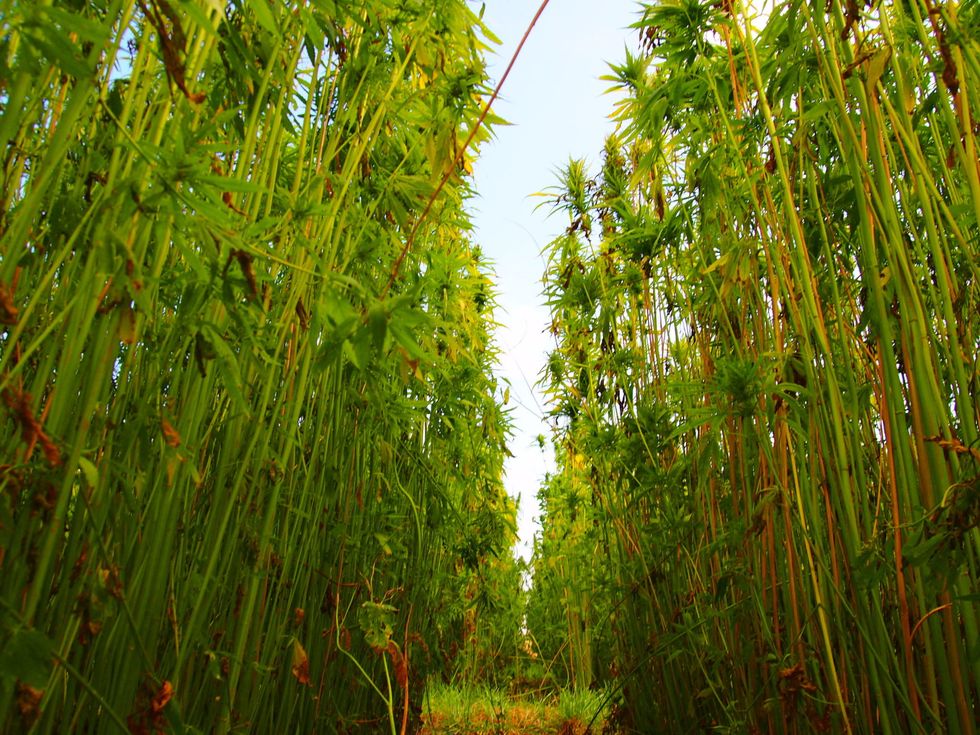This 4/20, It’s Time to Go Green
Plants are extraordinary.
They give us so much beauty, nourishment, and medicine—and few plants are more beloved than cannabis, a genus of flowering plant that produces CBD and THC, among other treasures.
There are three main types of cannabis plants: Cannabis sativa, Cannabis indica, and Cannabis ruderalis. “Hemp” and “marijuana” are broad classifications of cannabis, with hemp generally referring to a type of cannabis that does not have psychoactive effects.
Since ancient times, the cannabis plant has been used as a treatment for mental and physical illnesses, and CBD in particular is rapidly growing in prominence as a therapeutic and relaxing force with far fewer side effects than its psychoactive sibling.
Today is 4/20, a date many know as the unofficial holiday of the cannabis plant. This Wednesday, 4/22, is the 50th anniversary of Earth Day, a day dedicated to celebrating our planet and our connections to it.
As many of us turn to CBD and other natural products in this time of pain and suffering, it’s the perfect time to give thanks to our planet for all that it provides us. It’s also a great time to get educated about cannabis, the environment, and our relationship to them.
The Cannabis Industry is Actually Very Bad for the Environment
Here’s the bad news: The cannabis industry can actually have extremely negative effects on the environment. (Tragic, right?)
First off, cannabis plants generally use a tremendous amount of water—nearly 23 liters per day for one single mature plant, according to a 2016 document (as opposed to 13 liters for an ordinary wine grape plant). The illegal indoor cultivation of cannabis also requires tremendous amounts of energy; this process alone consumes about 3% of California’s electricity usage, leaching off tons of carbon dioxide in the process.
Furthermore, spikes in demand for cannabis plants can result in habitat destruction, erosion, deforestation and other environmentally devastating activities. The chemicals used to kill rodents and pests that damage the crops can also put wildlife in danger, especially when pesticides are deregulated.
But that’s not to say that we should stop growing the devil’s lettuce. There are many potential environmental solutions that could solve the issue of cannabis’s environmental consequences. For example, hydroelectric dams could help circumvent the problem of increased carbon emissions. Some places like Boulder, Colorado are requiring cannabis growers to offset their carbon emissions, and others are investing in energy-efficient growing techniques. Legalization could also help ameliorate many of marijuana’s worst environmental consequences.
Still, if you’re worried about the environmental impact of your joint, CBD might be a great option.
How CBD Can Help the Environment
For all its negative effects, some forms of cannabis cultivation can actually be quite beneficial for the environment. One form of CBD in particular, industrial hemp, can be particularly beneficial for nature’s ecosystems. Out of all the types of cannabis plants, industrial hemp may be the least damaging to the environment.
Industrial hemp is a member of the cannabis family that has a lower than 0.3% concentration of THC (by dry weight). Hemp crops can help control erosion, preserving nutrients and fostering healthy ecosystems while ingesting toxic chemicals and preserving soil health. (It was even planted to reduce concentrations of toxins at Chernobyl, for example).

Hemp can be easily recycled, and it may even be a potential biofuel that could help shift humans away from their reliance on fossil fuels. Plus, because CBD is legal at the federal level in America, growers aren’t forced to keep it indoors like they are with marijuana, which means that the process requires far less energy and produces fewer emissions than its more psychoactive counterpart.
This isn’t to say that we should all pick CBD over THC. Instead, we should look to CBD’s benefits and examine how to extend them to the entire cannabis industry.

Hope For the Future: A Greener World
Legalizing marijuana could be an important step towards reducing the industry’s overall carbon footprint. If marijuana growers can plant their cannabis in glass greenhouses rather than secret basements, this would help reduce the amount of electricity needed to grow the plants in the first place.
So the point is: You don’t have to let go of your 4/20 celebrations in order to celebrate Earth Day. Instead, we all need to support widespread marijuana and hemp legalization as well as regulations that pivot us away from fossil fuels, towards cleaner, greener sources of energy.
Today, as you take your CBD or enjoy the cannabis plant however you prefer to do so, take some time to kick back and imagine a better, greener world.
Imagine a world where cannabis is legal in all forms. In this world, human beings work to heal nature while being healed by it. There’s no more acrid smoke in the air, except for the fumes we willingly exhale as we tend to our backyard marijuana plots. Nobody is behind bars for marijuana possession; instead, everyone has a shot at a good job working with clean energy, rebuilding the world’s infrastructure so that it relies on our natural resources—like wind, water, and sunshine. Everyone is healthier and calmer, because we all have access to plenty of nature’s medicine. The pandemic is over, and we’re all outside together in a park, with our reusable glass CBD canisters and our joints. The new Rihanna album is playing ambiently overhead. Dreams, dreams… but this 4/20 and this 50th Earth Day, we all need some of those, right?




